How to Become Bilingual: Miyakoan and Japanese
On October 26th 2016, I did the second part of my seminar on “History and Culture of our Homeland” in Miyakojima-shi
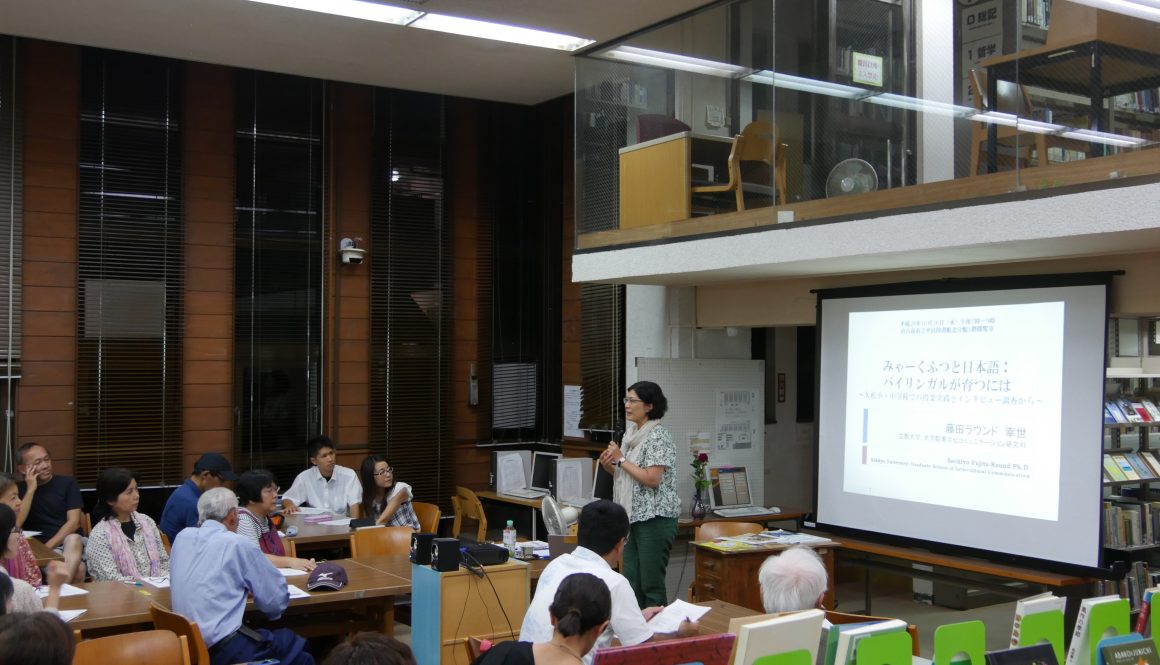
On October 26th 2016, I did the second part of my seminar on “History and Culture of our Homeland” in Miyakojima-shi
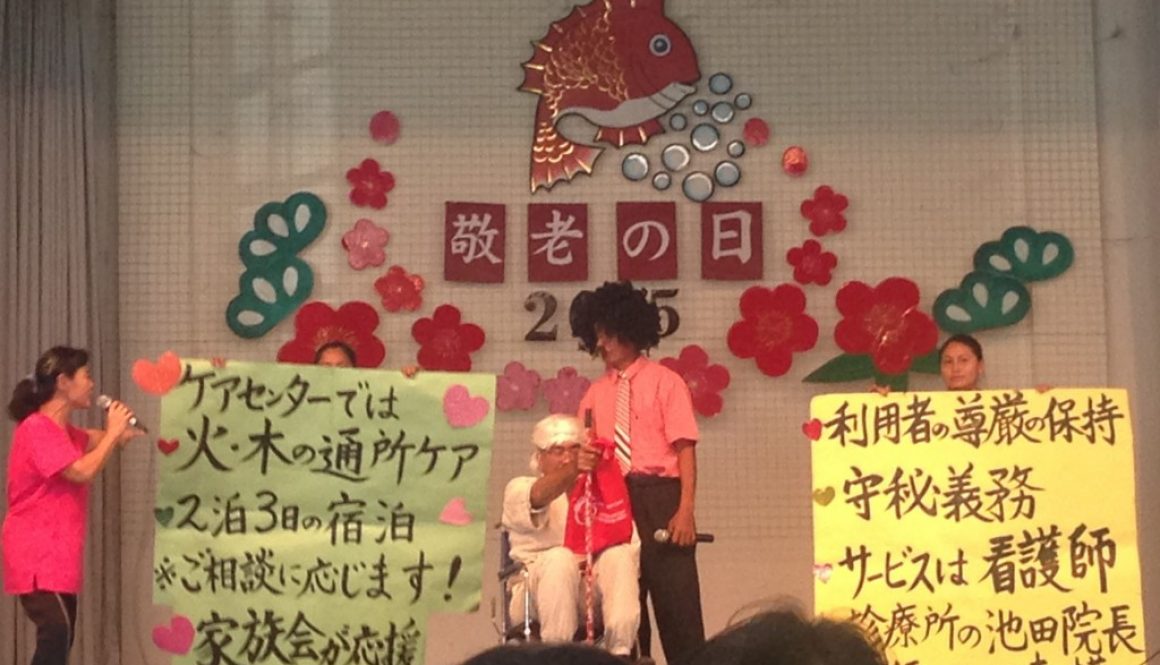
サンフアンのご高齢者はとにかくお元気。70歳を越えていてもゲートボールやパークゴルフを楽しまれ、ご自宅では畑仕事や家事と毎日お忙しそうです。また70歳からは寿会というクラブへの参加が可能となり、寿会での遠足やレクリエーション大会などを楽しまれているようです。

完璧なバイリンガルを目指さなくとも、親や家族と話せる日本語が育つように、また、来年もお母さんたちや子どもたちの顔を見にいきたいですね。
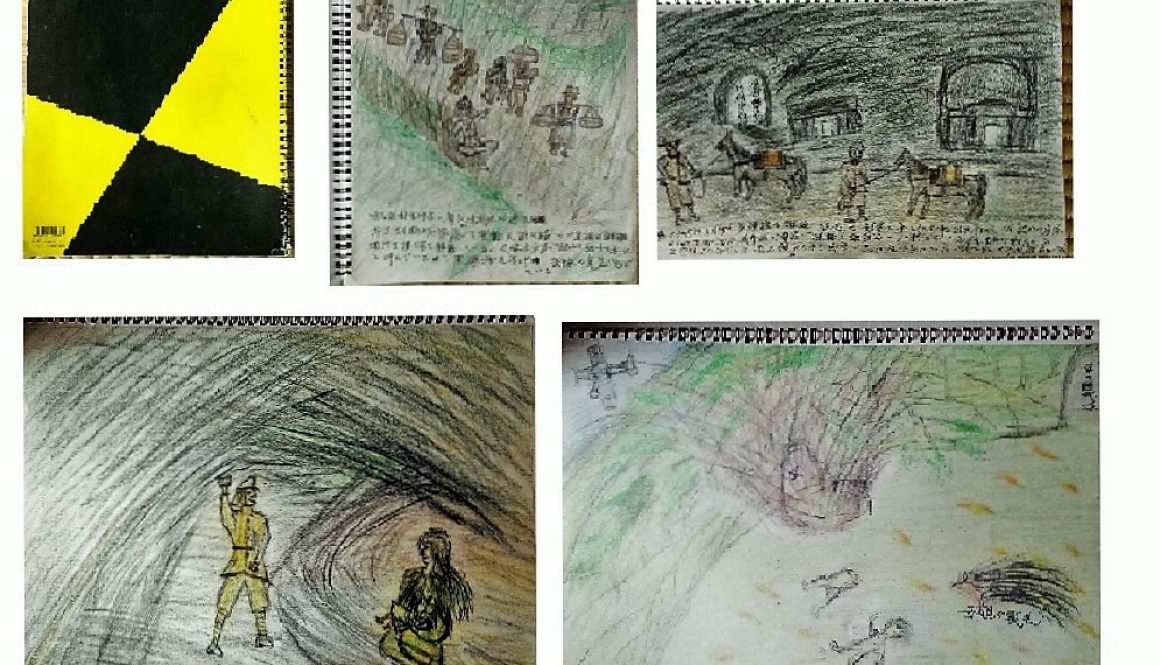
はじめまして。airiです。
私は今年大学を卒業して、教育関係の仕事をしています。
初投稿の内容は、大学時代に行っていた活動について書きます。
私の活動とは、16歳で沖縄戦を体験した祖父の戦争体験を語り継ぐ活動です。
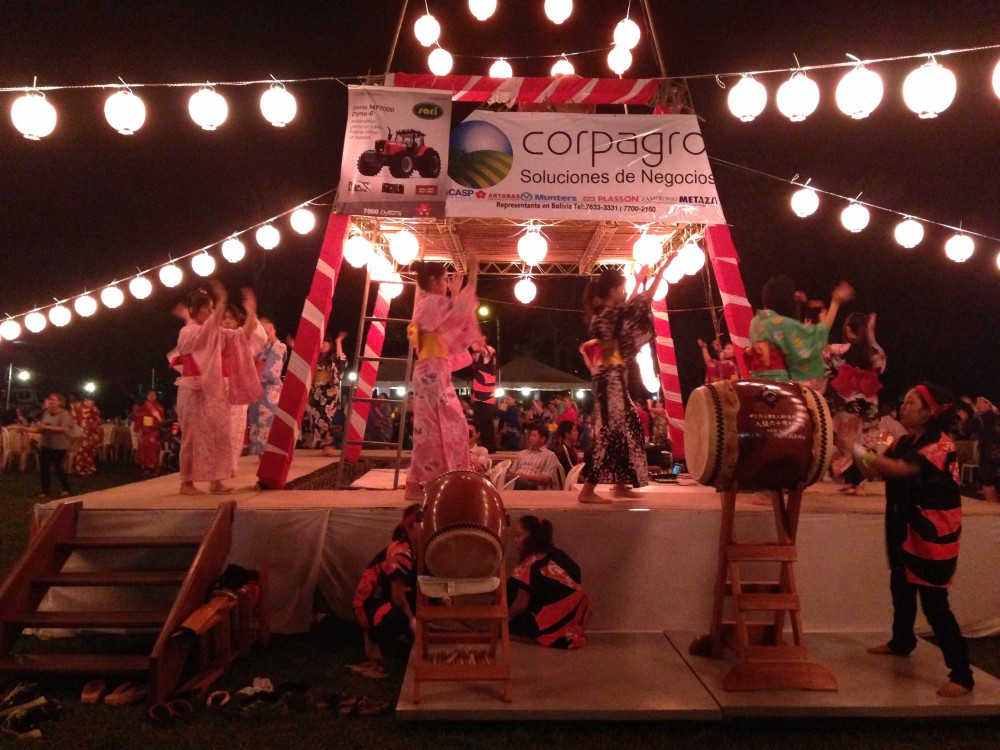
東京音頭、八木節、調和音頭、炭坑節、そしてサンファン音頭!!移住地で作詞作曲したもので、演奏や歌も移住地の方々が行い受け継がれてきました。サンフアン音頭は振り付けもかわいらしく、私も大好きな踊りです!
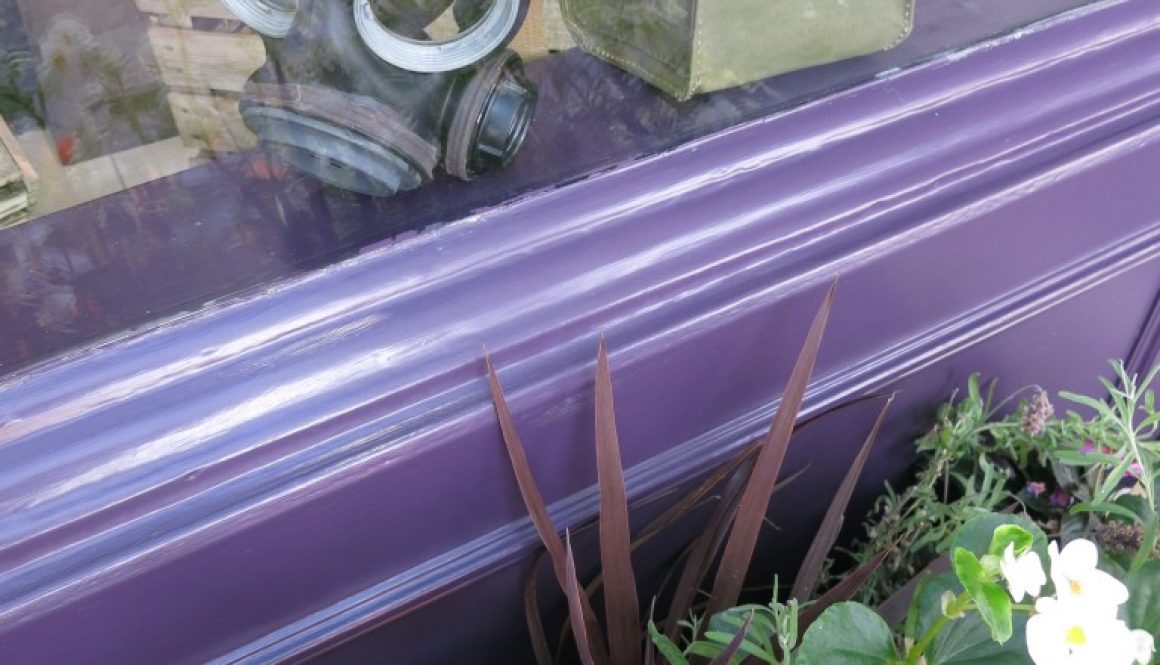
Language言語: English/日本語 Lytham 1940s War Time Festival was organized and cooperated by the town. Those battle re-enactment field and commercial area were located on the grasses by the sea. However, when you went back to the town main street, you could also immerse yourself in the mood of 1940s by looking at shop windows and even watching the people who dressed up in 1940s. リズム1940年の戦争時をテーマにしたフェスティバルは街によって運営され、また、街をあげて協力している。前に説明した戦闘の再現を行うフィールドと商業エリアは海辺のそばの芝生に位置していた。しかし、街の目抜き通りに戻れば、店のショーウィンドウに目をやったり、1940年代の服に身を包んだ人たちを観察すると、すっかり1940年代の雰囲気に浸ることができる。 Lytham is a small but elegant town. Yet it is a living town, so there are of course the usual fish shop and vegitable shop are on the main street as well. リズムは規模は小さいものの上品な感じのする街だ。それと同時に人々が生活をする街でもあるので、もちろんのこと日常の魚屋や八百屋も目抜き通りにある。 What I learned through this festival this time is how we understand the […]
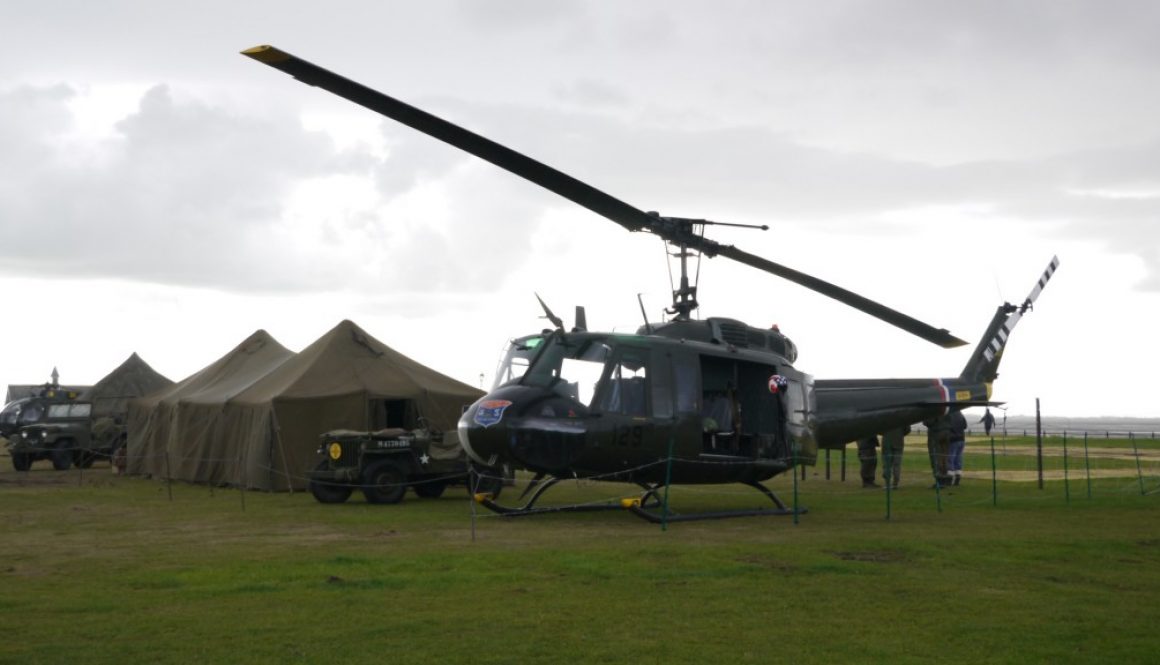
Language言語: English/日本語 Very luckily, the man in the uniform, Paul, is a history teacher and he explained about this battle re-enactment, as the way I wanted. He was dressed in German soldier’s uniform and he explained that it would be a battle re-enactment in the afternoon, a battle between British, American and German teams (mock armies?). The main purpose for this battle is to re-enact the war time and makes his students/younger generation know how the war was like, he said. It sounded more like experitential excercise of education. Ok, I felt relieved, in one way, because being a Japanese I was the enemy for British & American armies in war […]
The other day, my family gathered to celebrate my great grandfather’s birthday. My great grandfather is the first generation of the immigrants who went to Peru. We went to mass to commemorate my great grandfather’s birthday, and then we discussed about the life story of my great grandfather who travelled such a long distance. About 100 years ago, he crossed the ocean from Japan to Peru with only 100 dollars in his pocket. In a foreign land, he managed to end up running 3 different hair salons. We all talked about how hard it must have been for him since there were wars going on back then and a lot […]
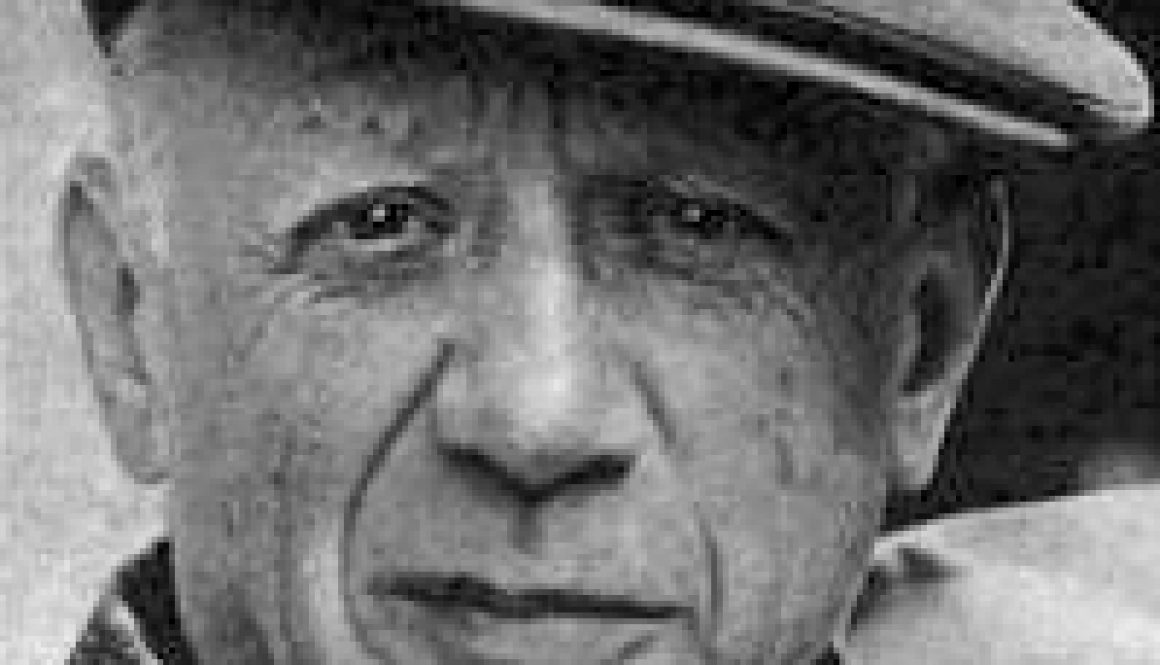
Japones/Ingles/Espanol・日本語/英語/スペイン語・Japanese/English/Spanish Pablo Diego José Francisco de Paula Juan Nepomuceno María de los Remedios Crispiano de la Santísima Trinidad Ruiz Picasso これ誰の名前かわかりますか? そう、あの超有名な画家、パブロ・ピカソの本名です。とても長いと思いますか?そうですよね。僕も長いと思います。しかし、こうした長い名前、程度の差こそありますが、スペイン語圏では珍しいことではありません。今回、久しぶりの更新では、パブロ・ピカソの名前を例にスペイン語圏の名前のつけ方についてお話します。 この長いピカソの名前、どこが名字だと思いますか?Picassoが名字に決まってる?半分正解です。 答えは最後の二つ、RuizとPicassoです。スペイン語圏の名前において、名字は自動的に決まります。父親と母親の父系の名字(お父さんの家系の名字)がその人の名字になります。もちろん、いつもこの二つを名乗るわけではありませんが、公的書類にはしっかり書いてあります。父親の姓を名乗ることが一般的な日本ではなかなか思いつかない発想だと思います。親と子では名字も違ってしまうんです。名字が一緒なのは、両親が同じ兄弟とだけなんですね。 では、名字以外のすべてが名前なのでしょうか?ピカソの場合は、一般的な名前の数をはるかに超えていますが、基本的にスペイン語圏の人々は名前を一つ、あるいは二つ持つことが一般的です。 Pablo Ruiz Picassoの名前+名字+名字のパターン Pablo Diego Ruiz Picassoの名前+名前+名字+名字のパターン の二つがポピュラーですね。二つ目の名前がキリスト教の洗礼名になってることもあります。 僕の場合、通名を使わず、本名で日ごろ生活しているので、日本の人々にはどのように呼べばいいか聞かれることがしょっちゅうです。名前ひとつとってもこれだけ違うのです。面白いと思いませんか? Pablo Diego José Francisco de Paula Juan Nepomuceno María de los Remedios Crispiano de la Santísima Trinidad Ruiz Picasso Can you recognize the man who has this name? Yes, he is a super famous painter, Picasso. Do you think he has an incredibly long name? That’s true. His name is a rare case, however, very often the people from Spanish speaking countries have a long name to some extent. So, which part of this long […]

今回は、那覇での危機言語財団の年次大会で演奏をしてくれた比嘉光龍(ふぃじゃ ばいろん)さんの歌声を少しだけ共有させてもらおうと思います。バイロンさんは、プロの琉球民謡の歌い手で、うちなあぐちを大学で教え、また、うちなあぐち、日本語、英語の多言語話者です。 In this blog, I would like to share the taste of Ryukyu traditional song by Byron Fija who played at the annual conference of Foundation for Endangered Languages in Naha. He is a professional musician of old traditional Ryukyu songs, he also teaches Uchinaa language (One of Ryukyu languages) at a university and is a multilingual of Uchinaa, Japanese and English. この動画は短いものですが、バイロンさんについては、NHKのテレビ番組でも紹介されています。 2014年10月4日(土)午後11時・【再放送】2014年10月11日(土)午前0時00分http://www.nhk.or.jp/etv21c/file/2014/1004.html This music clip is very short, but if you are interested he appears on a TV programme of NHK. Oct 4th, 2014, 11 p.m. and Oct 11th, 2014, 0 a.m. http://www.nhk.or.jp/etv21c/file/2014/1004.html バイロンさんの歌声と共に、琉球の伝統音楽やこうした伝統文化を支えている言語が危機に瀕しているということを心に留めたいと思います。 With Byron’s voice and song, I will rethink of the fact that this language […]